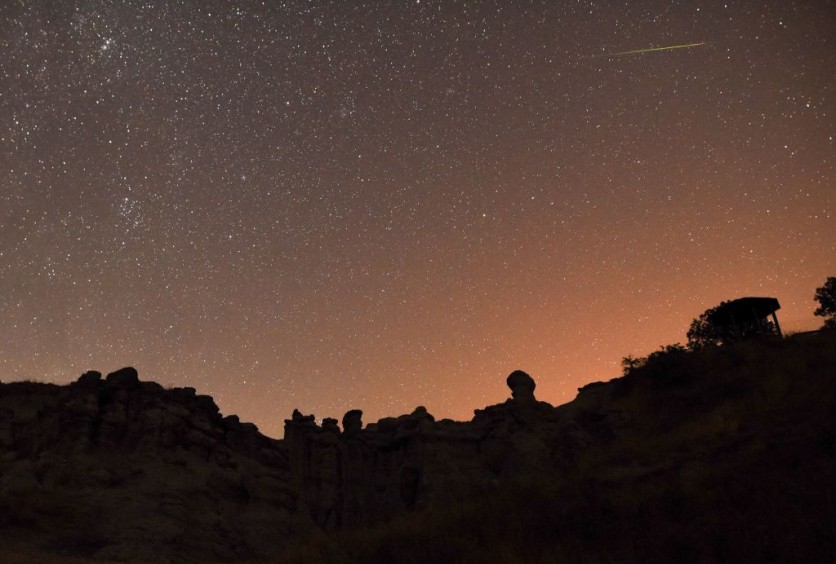There are several meteor showers this July, and they're all about to peak! So, you don't want to miss them.

Alpha Capricornoids
The Alpha Caricornids shower started on July 7 and will run through August 15.It will peak on July 30. This meteor shower is not the most spectacular, but if you haven't seen one, then you don't want to miss it. Also, you can still catch some spectacular views of slow-moving fireballs.
Delta Aquarids
As a new moon darkens the sky, it sets the stage for the Delta Aquarius meteor shower that started on July 12 and will end on August 23. It will peak on July 28 overnight and into the morning of July 29.
This meteor shower comes from the Aquarius constellation. Those from the southern US will have the best chance to see the meters. If you can, check it out during pre-dawn hour because these are the best times. However, any time after midnight will be perfect as well.
Perseids
Consider the Perseids meteor shower the event of this summer, especially if you're in the northern US. It won't peak until August 12, though, but it already started on July 17.
The good news is that even a non-peak time this month can provide you with the best viewing experience.
Perseids originate from the Perseus constellation and are also known for their huge fireballs, which is why it's one of the most sought-after meteor showers. It can leave long wakes of light and color for longer visibility compared to other meteor showers.
Earth Sky suggests observing the skies from late evening until early dawn at the beginning of August. This is because Perseids strengthen in number deep into the night and through the wee hours of the morning.
Also Read: 5 Things You Should Know About the Perseids Meteor Shower
Piscis Austrinids
This meteor shower started on July 15 and will last until August 10. It will peak on July 28, and during its height, the moon will be in new phase, so the moon won't block your view.
It has low altitude so to catch this, it is best viewed from the Southern Hemisphere where the radiant climb high into the sky and produces up to eight members per hour.
Iota Aquarids
This is the last minor shower before the Perseids-from July 15 to August 25. It will peak on August 6, and after midnight, there will be a bright waxing gibbous moon. Therefore, this will leave the rest of the night dark for meteor watching.
Kappa Cygnids
This is the last of the summer meteor showers, but that will run from August 3 to 25 with a peak on August 17. It will provide slow-moving and sometimes, brilliant flaring fireballs that can make the experience rewarding.
Related Article: Space Events 2022: NASA Missions, Meteor Showers, and More You Need to Watch Out
This article is owned by TechTimes
Written by April Fowell




